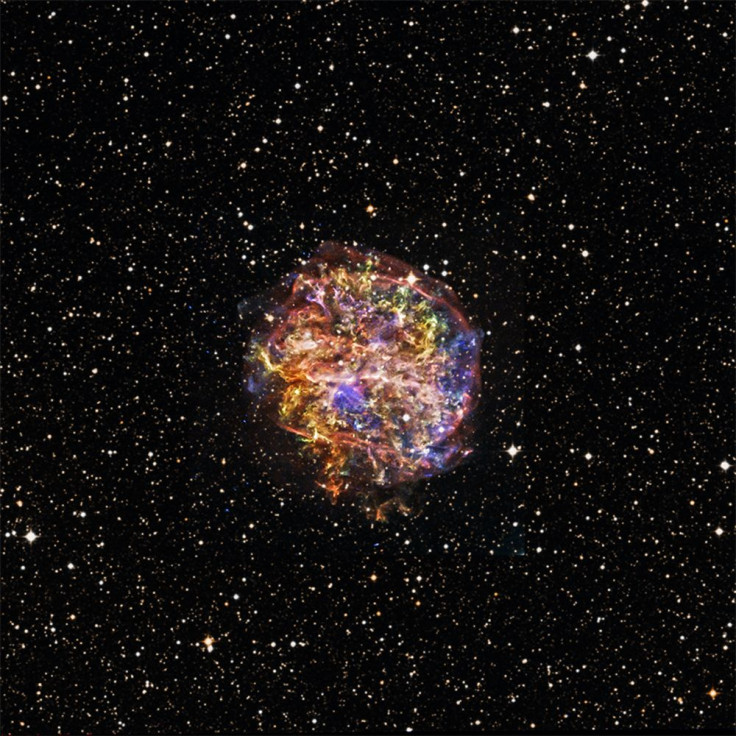Cosmic rays from Supernova explosions millions of years ago still bombarding Earth, showering planet with radioactive elements

When at least two huge stars exploded not very far from our solar system only a few million years ago, pieces of the stars started raining down on Earth. Interestingly, they are still doing so. Scientists are now of the opinion that such supernovas are responsible to a great extent in the evolution of humanity.
Had the supernova been a bit closer to our planet, life on Earth wouldn’t have been a possibility. However, human ancestors during that time, if they at all existed, would have been amazed by a blue spot in the night sky. The explosions showered Earth with radioactive elements. The shockwaves are still bombarding us with cosmic debris, even today.
A study was conducted and led by astrophysicists W. Robert Binns and Martin Israel of Washington University in St. Louis. Their objective was to find evidence of supernovae in cosmic rays travelling through space. The researchers analysed NASA's Advanced Composition Explorer (ACE) spacecraft’s data, investigating space weather and other such phenomena from its position (1.5 million kilometres from Earth). ACE acts as our early warning system and informs us 30 minutes ahead of geomagnetic storms headed our way.
“The natural place for two or more nearby supernovae to occur within a few million years of each other is in OB associations. Thus our observation of 60Fe lends support to the emerging model of cosmic-ray origin in OB associations,” writes Binns in the study.
Researchers believe that core-collapsing supernovas produce Iron-60, also called 60Fe, that are results of explosions of huge stars 10 times the mass of sun. OB associations are clusters of such stars. Since ACE’s launch in 1997, the spacecraft has spotted 15 cosmic rays containing radioactive isotope Iron-60.
“The fact that we’re seeing iron-60, with a half life a little more than 2.5 million years, is telling us the supernova explosion that accelerated these cosmic rays must not have been too far away, and must not have been too long ago,” Israel said.
By examining plenty of cobalt and nickel isotopes, the team of researchers also learned that the cosmic rays were accelerated by multiple explosions.





















